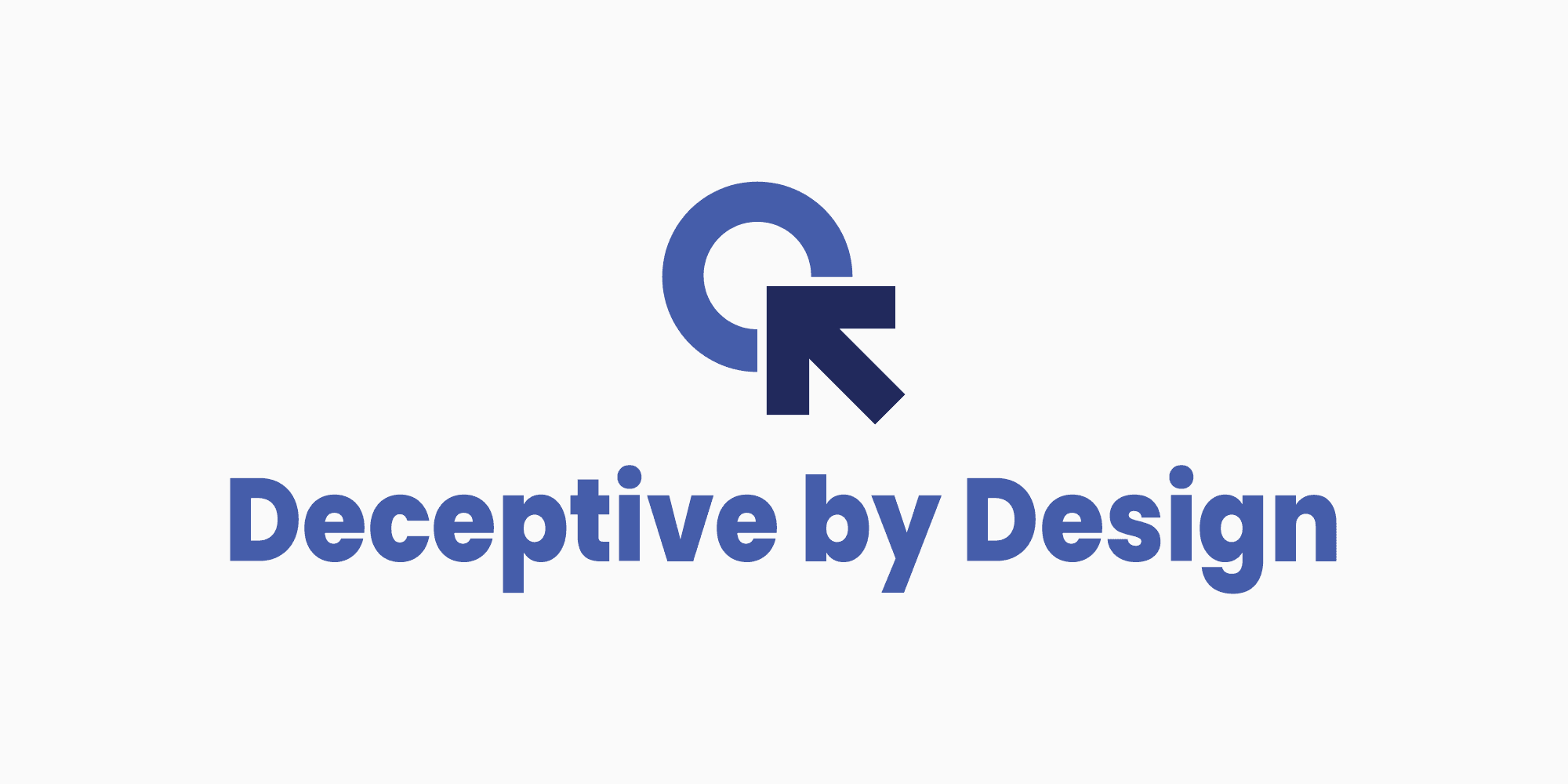ProjectsResearch
Teaching students to recognize and contextualize deceptive design
Deceptive design is the intentional use of manipulative tactics to control and exploit users. Responsible for educating the next generation of business and design professionals, the University of Toronto needed a way to teach students about the practice.
Role
Research fellow
Lead developer
UX designer
Affiliation
University of Toronto
Critical Digital Humanities Initiative
Timeline
Jan 2022 – Apr 2022

Our actions and decisions on the internet are influenced by mental models, biases, and idealized perceptions of our interactions with a computer, website, or application. A growing trend in UX design is the idea of deceptive design patterns, which are a set of strategies that purposefully take advantage of our mental models, maipulating us into making decisions that go against our interests.
Tasked with researching and understanding deceptive design, we recognized that the practice impacts millions of users everyday and changing the model requires more than redesigning applications. Moving towards trusted, ethical designs requires entire shifts in company cultures and changes to the surveillance capitalism model that many companies employ. The most impactful way for us, as researchers and teachers, to push society away from deceptive design was to educate the designers, developers, marketing strategists, and business analysts who will one day be in a position to effect change.
The biggest challenge was deciding the most effective way to communicate these ideas to students. How can we introduce students to the topic in a way that retains their attention? What's the best way to help students connect the theory of deceptive design to its implementation? Finally, how can we teach students to think critically about their decisions on the internet and recognize deceptive design before it influences them?
Approach
Our team spent weeks conducting a critical review of deceptive design's literature and compiling examples of the practice in the real world. We discovered links between current deceptive design patterns and pre-internet manipulative marketing strategies. With a comprehensive understanding of deceptive design, we decided that showing students how deceptive design researched was integral to teaching them about the concept.
We decided that the best approach to teach students about deceptive design was to design and develop a website that allowed students to interact with the patterns while learning about their purpose and history. We used WordPress as a frameresearch for this website, as it provided sustainability and ease of use for the instructors responsible for teaching students. Using WordPress allowed us to integrate the WooCommerce plugin, opening up demonstrations of deceptive design patterns employed on e-commerce platforms.
The result was a website that demonstrated deceptive designs like intrusive pop-ups, checkout timers, and artifical scarcity while explaining how they manipulate users and describing their origins in post-war marketing.
Outcome
- Embedded in the curriculum of Contemporary Communication Technologies (CCT109) at the University of Toronto, where our project was used to teach 800 undergraduate students (many students even selected deceptive design as the topic for their term papers).
- Presented as a poster at the Critical Digital Humanities International Conference, where our research reached hundreds of educators and researchers [PDF].